5月4日 |
Keynote 耳科 (K1) | 座長:力博宏/振興醫院 |
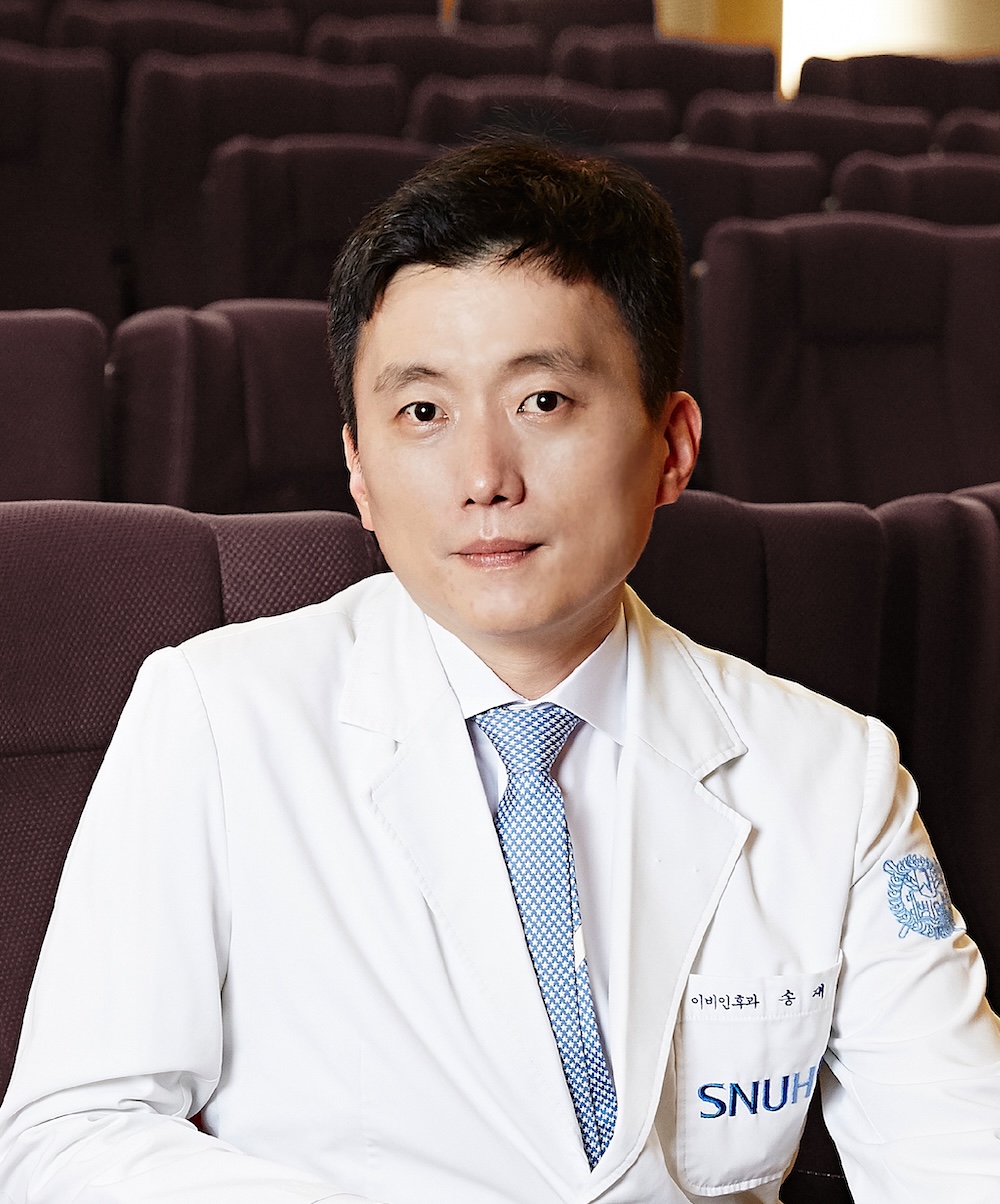 | 14:00-14:50 Jae-Jin Song / Seoul National University Bundang Hospital, Korea Diagnosis and Treatment Strategies of Pulsatile Tinnitus: The State of the Art Pulsatile tinnitus (PT) is characterized by an auditory perception of pulse-synchronous sound. An alteration in the vascular hemodynamics causing turbulent flow, a vibration of a dehiscent vascular wall, or third window lesions are potential mechanisms of PT. Vascular PT can be subdivided into arterial, arteriovenous, and venous lesions. When the patient complains of psychoacoustic characteristics of PT, detailed physical examination and audiologic evaluation complemented by etiology-targeted laboratory tests can give diagnostic clues. Also, radiological evaluations such as brain MRI with angiography, temporal bone high-resolution CT, Doppler ultrasonography, and classical transfemoral cerebral angiography are recommended. Of various pathologies causing PT, dehiscence or diverticulum of the sigmoid sinus or jugular bulb are the most common causes that can be cured by surgical or interventional treatments. Also, benign intracranial hypertension is a common cause of PT. Although 15 – 50 % of patients present with no definite diagnosis even after meticulous diagnostic work-up, the identification of the causal vascular pathology is vital for the optimal treatment of PT because successful surgical or interventional management are available in many cases. In this talk, state-of-the-art diagnostic and therapeutic approaches to subjects with PT will be discussed |
Keynote 鼻科 (K2) | 座長:戴志展/中國醫藥大學附設醫院、葉德輝/臺大醫院 |
Translational research in olfactory medicine |
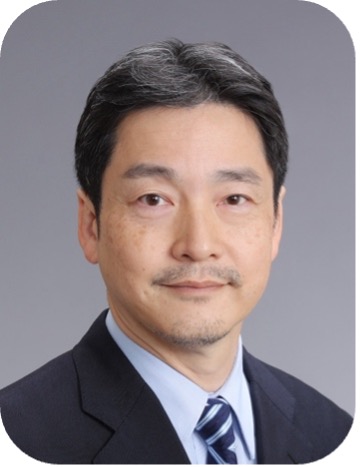 | 15:30-16:20 Kenji Kondo/ The University of Tokyo, Japan Translational Research in Olfactory Medicine:molecular analysis of the human olfactory mucus/mucosa Our recent research focuses on the molecular mechanisms of human olfactory physiology and the pathophysiology of olfactory disorders, with the goal of establishing clinical assays to evaluate the olfactory mucosal status, as well as of developing drug therapies. We are particularly interested in using olfactory mucus samples; olfactory mucus is a mucus that covers the olfactory epithelium and potentially have a variety of functions, including dissolution and transport of odorants, degradation of used odorants, and protection against infection of the olfactory mucosa and central nervous system. In contrast to mucosal tissue, olfactory mucus can be obtained non-invasively from human subjects. In this talk, I will present the following research results. 1. We found that human olfactory and respiratory mucus have metabolic functions such as methylation of thiol, reduction of aldehyde, and hydrolysis of ester. Using real-time mass spectrometry we confirmed that these reactions occur in vivo in a very short time and affect odor perception. The metabolic function was significantly higher in olfactory mucus than in respiratory mucus, while the metabolic capacity was lower in patients with idiopathic olfactory dysfunction than in those with normal olfaction.
2. A comprehensive protein analysis of the olfactory mucus revealed that human olfactory mucus contains large amounts of lipocalin 15, a member of the lipocalin family of proteins that is thought to be involved in the transport of hydrophobic molecules. Immunostaining of the olfactory cleft mucosa of surgical specimens with anti-LCN15 antibodies demonstratedthat LCN15 is produced in Bowman's glands, which are specific secretory glands of the olfactory mucosa. A positive correlation was observed between the distribution of olfactory neurons and LCN15 in the olfactory cleft mucosa.
3. In vivo visualization of the olfactory mucosa is being attempted in order to directly evaluate the state of the olfactory mucosa. We selected CYP2A6 and GGT7, enzymes specifically expressed in the human olfactory mucosa, by comprehensive gene analysis. The olfactory mucosa could be visualized separately from the respiratory mucosa by using probes that emit fluorescence when metabolized by these enzymes. We also confirmed that the fluorescent probes can detect changes associated with experimental injury and regeneration of the olfactory mucosa.
(These works were done in collaboration with Chioli Ijichi, Institute of Food Science and Technologies, Ajinomoto Co., Inc.; Kazushige Touhara, Graduate School of Agricultural and Life Sciences, University of Tokyo; Masayoshi Kobayashi, Department of Otorhinolaryngology, Head and Neck Surgery, Graduate School of Medicine, Mie University; Eric Holbrook, Department of Otolaryngology, Harvard University; and James Schwob, Department of Developmental and Molecular Biochemistry, Tufts University School of Medicine.) |
Keynote 頭頸 (K3) | 座長:鄭博文/亞東紀念醫院、楊宗霖/臺大醫院 |
Cell therapy in NPC |
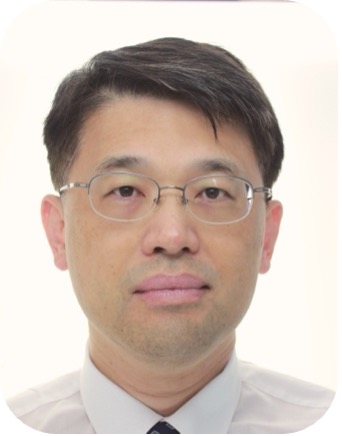 | 16:30-17:20 廖立人/亞東紀念醫院 Nasopharyngeal Carcinoma: from Bedside to Bench Nasopharyngeal carcinoma (NPC) is rare in most parts of the world but endemic in southern Asia. Here, we describe the molecular abnormalities in NPC and point out potential molecular mechanisms for future therapy. This talk provides a brief up-to-date review focusing on the epidemiology and immune and molecular pathways of NPC, which may improve our knowledge of this disease, and we also highlight some issues for further research. In brief, some heritable genes are related to NPC; therefore, people with a family history of NPC have an increased risk of this disease. Carcinogenic substances and Epstein–Barr virus (EBV) exposure both contribute to tumorigenesis through the accumulation of multiple genomic changes. In recent years, salted fish intake has decreased the impact on NPC, which implies that changing exposure to carcinogens can modify the risk of NPC. Eradication of cancer-associated viruses potentially eradicates cancer, and EBV vaccines might also prevent this disease in the future. Screening patients by using an EBV antibody is feasible in the high-risk group; plasma EBV DNA measurement could also be conducted for screening, prognosis and monitoring of this disease. Understanding the molecular mechanisms of NPC can further provide novel information for health promotion, disease screening and precision cancer treatment. Besides, EBV-specific T cell frequency as well as response magnitude were not enhanced in NPC when compared to other tissue types. The lack of an enhanced EBV-specific T cell response magnitude in NPC tissue confirms the concept that enhancement of EBVspecific immunity by adoptive T cell therapy may improve the outcome of NPC. |
Keynote 小兒 (K4) | 座長:李國森/馬偕紀念醫院 |
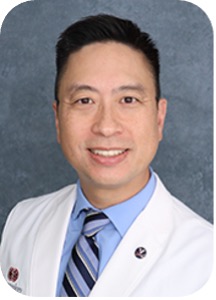 | 8:30-9:20 Gene Chunhao Liu/ Surgery Cedars-Sinai Medical Center, USA Pediatric In-Office Procedures in a General ENT Office Explore clinical and business factors to consider regarding in-office procedures in the pediatric population. Learn which pediatric procedures are being performed in an all-ages office. Discuss patient and parent selection, as well as technical tips and tricks, for success. |
5月5日 |
Keynote 小兒睡眠 (K5) | 座長:許巍鐘/臺大醫院 |
 | 9:20-10:10 Ron B. Mitchell/ UT Southwestern Medical Center, USA Pediatric OSA: An Update Objectives: To discuss the diagnosis and management of pediatric obstructive sleep apnea (OSA). Methods: A review of the literature on Pediatric OSA including recent RCTs and published consensus statements by the American Academy of Otorhinolaryngology Head and Neck Surgery (AAOHNS). Results: The majority of T&As are performed without pre-op PSG; AAOHNS Clinical Practice Guideline (2019) recommends T&A for OSA; > 500,000 T&A procedures performed in the USA mostly for adenotonsillar hypertrophy/ SDB. This presentation will include the personal experience and the consensus of experts in the field of pediatric OSA. Conclusions: Healthy children with mild SDB (AHI less than 3) that have poor behavior, high symptom burden, and/or poor QOL benefit from T&A. Routine PSG is unnecessary in children with mild SDB. A multidisciplinary approach is needed for management of persistent OSA |
Keynote 鼻科 (K6) | 座長:戴志展/中國醫藥大學附設醫院、辛宗翰/中山醫學大附設醫院 |
 | 10:40-11:30 Richard Harvey/Dept of Otolaryngology and Skull Base Surgery St Vincent’s Hospital, Sydney Australia Integrating anti-IL5 therapy into the surgical management of CRSwNP Patients diagnosed with chronic rhinosinusitis (CRS) usually undergo drug treatment. If the disease persists, surgery may be considered. However, the appropriate treatment for CRS can vary among patients. While some patients may respond well to drug treatment alone, others may require a combination of surgery and medication. Unfortunately, despite trying various treatment options, some patients may not achieve satisfactory results. In severe cases of CRSwNP, sinus surgery may be necessary to remove the nasal polyp tissue and diseased nasal mucosa. However, surgery can lead to complications such as bleeding, orbital injury, and cerebrospinal fluid leak. CRSwNP is generally associated with eosinophilic tissue infiltration linked to type 2 inflammation and characterized by elevated levels of interleukin (IL)-5 and other type 2 inflammatory mediators. When evaluating treatment options, it is important to consider several factors. Significant predictors of revision surgery include eosinophilic disease, comorbid allergic sensitization, and elevated IL-5 in the nasal mucosa. In this lecture, Professor Richard Harvey will cover the topic of integrating anti-IL5 therapy into the surgical management of CRSwNP. He will show how Mepolizumab can reduce the need for and incidence of sinus surgeries in adult patients who have recurrent severe CRSwNP. |
Keynote 頭頸 (K7) | 座長:婁培人/臺大醫院、廖立人/亞東紀念醫院 |
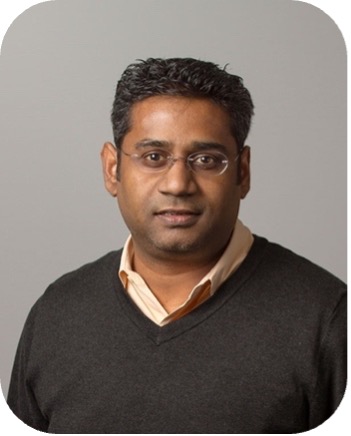 | 11:30-12:20 Anil K. Chaturvedi/ National Cancer Institute, USA Screening and prevention of oral cavity cancers This talk will cover the state of the science on screening and prevention of oral cavity cancers: 1) evidence of the benefits of screening for reduction in morbidity and mortality; 2) performance characteristics of currently available screening modalities; 3) high-risk populations most optimal for inclusion in screening; 4) natural history of oral precancer and prospects for secondary prevention; and 5) clinical management of screen-positive individuals for secondary prevention and/or early detection. The talk will focus on the current evidence base, research gaps, and ongoing research to address such gaps. |